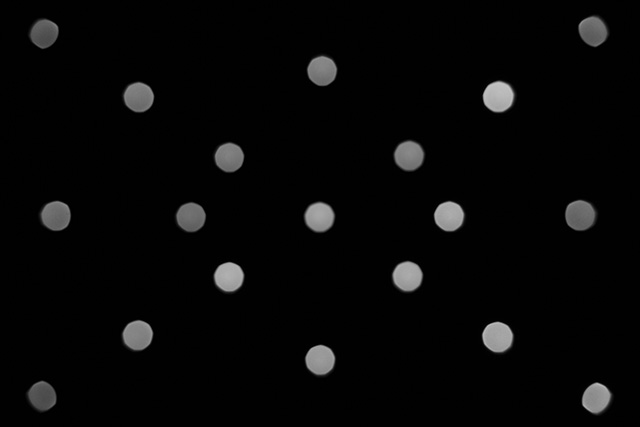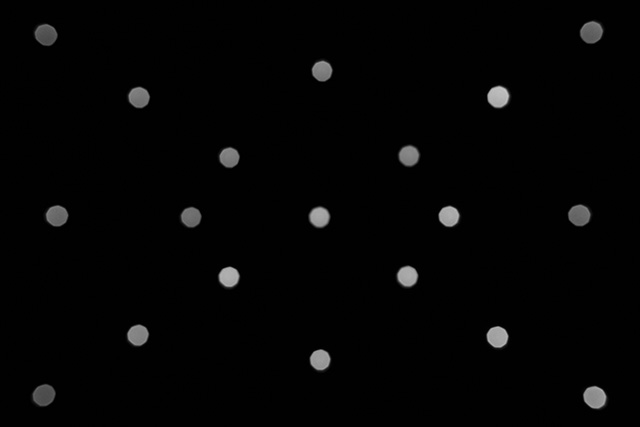Review by Klaus Schroiff, published January 2022
Introduction
So to finalize our little tour of Tokina’s new gang of three prime lenses, let’s have a look at the Tokina atx-m 33mm f/1.4 E. Just like its cousins – the 23mm f/1.4 and 56mm f/1.4 – it probably shares most of its genes with a corresponding lens over at Viltrox. Still, it adds a more recognized brand and more local service centers to the value proposition. It is equivalent to a standard prime lens on APS-C cameras with a correspondingly broad amount of applications. Available for around $400USD or 320EUR, it is one of the more accessible prime lenses on the market.
Given the similarities with the other two Tokina lenses, we can pretty much repeat our summary about the build aspects here. The overall quality is very good indeed. Most of the lens body is made of metal, including the large focus ring. It also features a dedicated, step-less aperture ring. This may not be ideal for photography purposes but is preferred by video makers. You can, of course, also control the aperture via the camera when setting the aperture ring to A-mode. The length of the lens remains constant throughout the focus range. A petal-shaped lens hood – made of metal – is provided.

The lens uses a stepping motor for auto-focusing. It isn’t the fastest around but noiseless. Manual focusing works, as usual, by wire. EXIF data is provided thus it’s compatible with camera-side image stabilizers. On the downside, there is no built-in correction profile therefore, you have to rely on the raw optical capabilities of the lens in JPEG mode. Updates to the lens’ firmware are also possible via a USB port on the lens mount.
| Specifications | |
|---|---|
| Equivalent focal length (full-format) | “51mm” |
| Equivalent aperture (depth-of-field, full-format) | “f/2.1” |
| Optical construction | 10 elements in 9 groups inc. 1xSD element |
| Number of aperture blades | 9 (rounded) |
| min. focus distance | 0.4m (max. magnification 1:10) |
| Dimensions | 65×72mm |
| Weight | 285g |
| Filter size | 52mm |
| Hood | petal-shaped (bayonet mount, supplied) |
| Other features | Micro-USB connector for firmware updates |
| Mounts | Fujifilm X, Sony E |
Distortion
As mentioned, the 33mm f/1.4 E doesn’t include a build-in correction profile thus you have to live with the raw optical performance. At 0.7%, a pincushion-type distortions isn’t dramatic but it can be noticeable in critical scenes.

Vignetting
The vignetting characteristic of the Tokina lens is roughly in line with other high-speed lenses. At f/1.4, there’s a pronounced light falloff of ~1.7EV (f-stops). As usual, stopping down to f/2 helps a lot but if you want to get rid of it, you may prefer f/2.8 and beyond. Or fix it manually in post-processing.

MTF (resolution)
The Tokina atx-m 33mm f/1.4 E shares the high-level characteristic with its cousins (23mm f/1.4, 56mm f/1.4) here. The center quality is perfectly fine at large-aperture settings but the outer image field is much softer. The contrast level is also somewhat reduced. The quality receives a boost at f/2.8, including a lift in contrast. The broader center quality is excellent and the borders/corners make it to good levels here. Stopping down further doesn’t increase the center performance but the outer image field continues to improve till reaching a very good peak quality around the f/5.6 mark. Diffraction is having an impact at f/8 but it only affects the center, whereas the border/corner quality is maintained. f/11 (not shown) sees a global decrease in resolution due to diffraction but that’s just physics.
The field curvature is marginal. The centering quality of the tested sample was good.
Please note that the MTF results are not directly comparable across the different systems!
Below is a simplified summary of the formal findings. The chart shows line widths per picture height (LW/PH) can be taken to measure sharpness. If you want to know more about the MTF50 figures you may check out the corresponding Imatest Explanations.

Chromatic Aberrations (CAs)
Lateral CA (color shadows at the image borders) are well controlled with an average pixel width peaking at 1.2px mark at the image borders at f/1.4. The CAs decrease slightly when stopping down.

Bokeh
Sharpness etc. is one thing but if you invest in such a fast lens, you are usually more interested in shallow depth-of-field photography and the rendering of the bokeh – the out-of-focus blur. And the Tokina lens is quite good at this.
Out-of-focus highlights are beautifully rendered (“feathered bokeh”) in the image center with no outlining and a very smooth inner zone. If you look closely, a more edgy aperture shape is already visible at f/2 – and it’s getting more obvious from f/2.8 onward.

The images below illustrate the deterioration of the out-of-focus highlights towards the image corners. The circular shape is retained across a broad image field but you can spot the more ellipsoid shape in the corners. The corner highlight shape improves quite a bit when taking shots at f/2.8 as you may notice below. This is still better than average for such a fast lens in the grand scheme of things.



The general rendition in the focus transition zones is smooth as you can see below. The background blur is shown to the left; the foreground aspect is on the right.

Bokeh Fringing (LoCA)
Bokeh fringing – also referred to as LoCAs – is a color fringing effect on the Z-axis. It shows up as purplish halos in front of the in-focus zone and greenish beyond. The effect is visible at f/1.4 and f/2 and starts fading at f/2.8 – this is a typical behavior for a non-APO lens although the Tokina suffers more than most in this respect.



Sample Images
The Tokina atx-m 33mm f/1.4 E is a good performer but it shares some weaknesses with the other Tokina prime lenses we recently reviewed. The broader center resolution is already very good at f/1.4 whereas the outer image field is soft. Stopping down to f/2.8 fixes most of the border/corner softness and the results are very sharp indeed from f/4. Lateral CAs are quite low and usually nothing to worry about. You may spot a tad of pincushion distortion e.g., if you are into architecture photography. There is also some obvious vignetting when shooting at f/1.4 but it's not out of the ordinary for such a fast lens. The Tokina lens doesn't feature a built-in correction profile so you have to deal with it manually if needed. Eventually, there should be correction profiles available in most RAW converters though. A positive aspect is the quality of the bokeh. It deteriorates somewhat in the far corners but is generally very pleasing. This is especially true for the out-of-focus highlights. Bokeh fringing (Axial CAs) is on the high side, though.
The build quality of the Tokina lens is pretty high. Like its in-house cousins, the Tokina atx-m 33mm f/1.4 E is tightly assembled and most of the lens is made of metal including the lens hood. An unusual feature for such an affordable lens is the dedicated aperture ring. It is step-less and more aligned to video use, but we had no issues using it for photos. The AF is only moderately fast but noiseless. Firmware upgrades are possible via a USB port so let's hope that the lens will receive an image correction profile at some stage at least.
Overall, Tokina atx-m 33mm f/1.4 E is a very good value package with a few hiccups.
-
Optical Quality
-
Build Quality
-
Price / Performance


